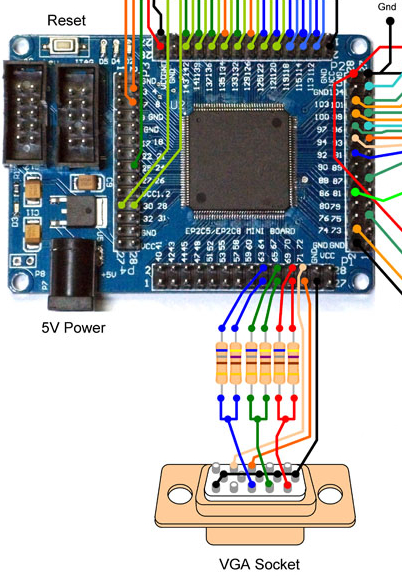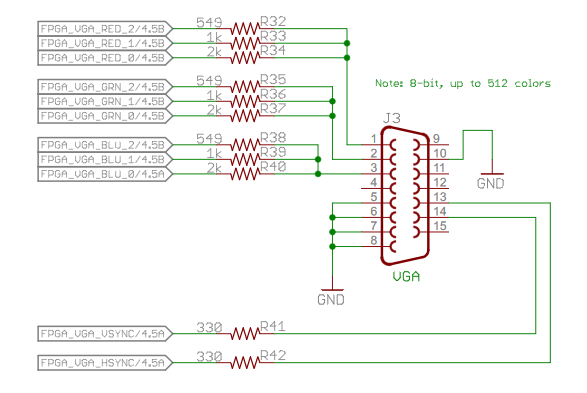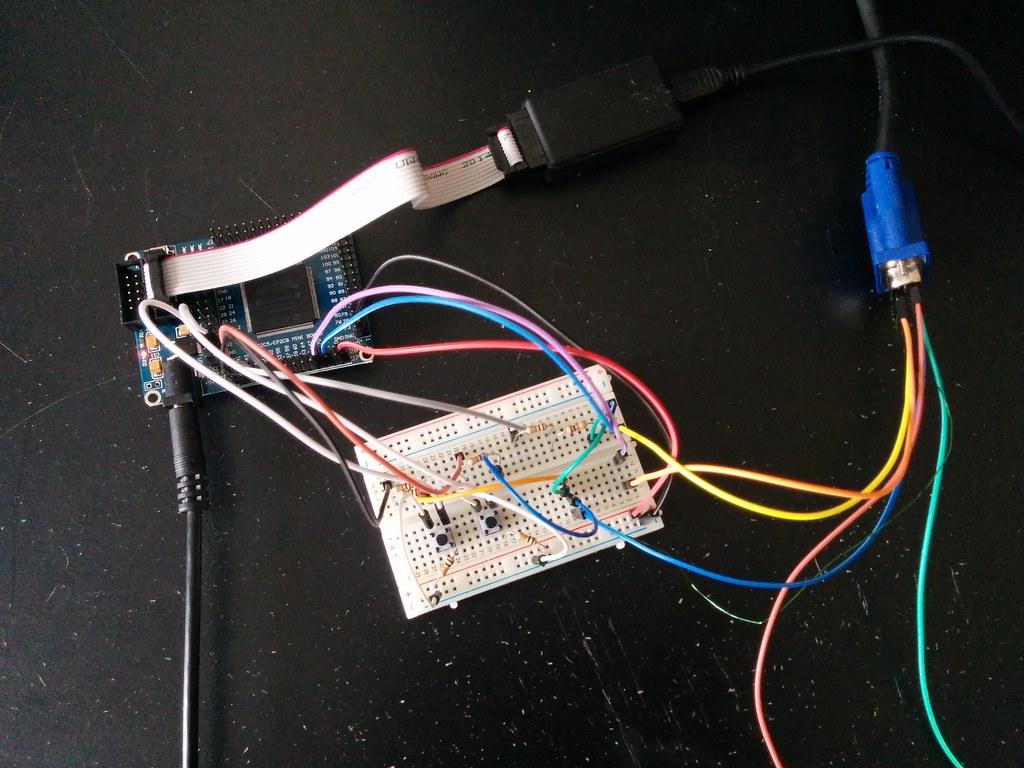I’ll be using the Altera Cyclone II - Mini Development Board as the main FPGA of the Hack Computer V1 (name pending).

I got it for $20 on eBay and the kit came with a (knockoff) USB Blaster for programming. The idea to use the board came from Charles Cole’s hardware setup of his homebrew Z-Machine. The price is great and I love that it only has the bare minimum components on it.
I worked through this excellent getting started guide by Trey Dahlberg on Youtube and everything seems to be running well.
Specs:
- Altera Cyclone II EP2C5T144C8
- 50MHz clock
- Schematic
Update (January 18, 2017):
I recently came across the Multicomp project by Grant Searle. In it he uses this development board and consequentially has a ton of really helpful information on the board and some of the things it’s capable of. The project is described by Hackaday as a ‘pick and mix retrocomputer’ which allows you to use the FPGA as a Z80, 6502, 6800 or whatever CPU mashup you feel inspired to. His project also describes in detail interfacing with various devices including SRAM, SD cards, VGA, composite video, PS/2, USB - basically I found the holy grail! Check out the project page to learn more about the board, and maybe even build a mix and match computer of your own.
Note: if you use this development board, make sure to desolder the four zero ohm resistors as explained in Grant’s project page.






